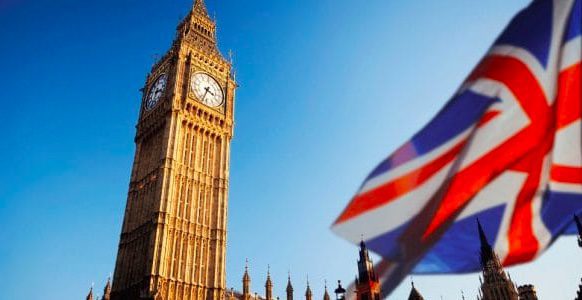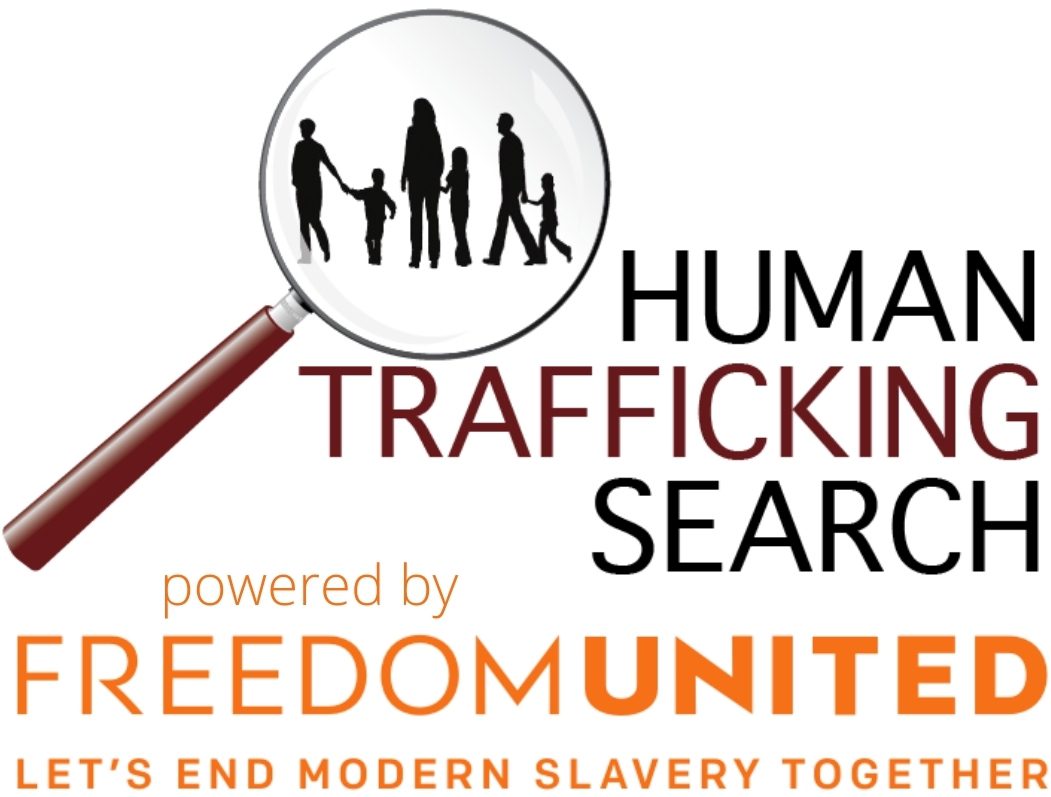
What went wrong with the UK’s Modern Slavery Act?
The UK’s 2015 Modern Slavery Act turned ten years old this week. The legislation was designed primarily to increase protections for modern slavery survivors and to penalize offenders. But in the past ten years, the number of potential victims identified has increased exponentially and prosecutions have been low in comparison. Articles by The Conversation and Forbes dive into what went wrong.
Off to a strong start
Backed by then-Home Secretary Theresa May, the Modern Slavery Act focused on strengthening the criminal justice response. Previously, crimes such as human trafficking, forced labor, slavery, and servitude were addressed under separate laws, but this act brought them together under a single framework.
More recently, in 2023, Theresa May said:
“Modern slavery is a brutal crime which knows no boundaries and does not discriminate on gender, age, creed, culture or race,”
One key impact of the legislation has been a sharp rise in the number of identified victims. In 2024, 19,125 people were recognized as potential victims—nearly six times more than in 2015. This increase is partly due to improved awareness among frontline responders, who play a crucial role in referring victims for support.
The act also included a “transparency” clause for the private sector, requiring large businesses to report their efforts to prevent modern slavery in their supply chains—but without penalties for noncompliance. Recent cases involving McDonald’s and major supermarkets reveal that businesses are failing to detect or effectively prevent exploitation.
Additionally, it established an Independent Anti-Slavery Commissioner to promote good practices, and introduced new protections for survivors, including a legal defense for those forced into criminal activity. Law enforcement also gained new powers to seize traffickers’ assets.
